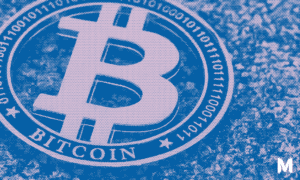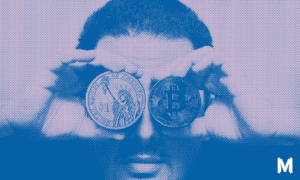Traders watched in anticipation as they waited for the monthly and weekly close to see bitcoin continue a bullish run. Bitcoin and the cryptocurrency market bounced back strongly, surging by nearly 18% in July after a severe correction of 56% in the second quarter.
After two consecutive quarters of negative growth, the U.S. economy has entered a technical recession but amidst this bad news the bitcoin price has held on strongly. Some analysts believe that this is because the weak macroeconomic conditions have already been priced in.
After a short lived pump on Saturday, the bitcoin price has returned below the $24,000 level.
Over the last 24 hours, bitcoin dropped by 0.65% but there have also been attempts by bitcoin to regain momentum.
Although bitcoin has seen a positive trajectory some factors such as inflation and the overall macro environment could affect these positive gains and probably cause a reversal.
Bitcoin failed to clear the $25,000 resistance zone and is declining. It might break the $23,250 support zone. The bitcoin price is currently trading below both the $24,000 level and the 100 hourly simple moving average. To continue higher in the future, bitcoin must clear the $24,200 resistance. Clearing this resistance zone could set bitcoin up for another rally in the short-term. After attempting to clear the $25,000 resistance and failing, bitcoin started a fresh decline with immediate support being around the $23,240 level.
Amidst all this news, the big question is really what direction bitcoin will go from here? Some analysts are bullish that bitcoin will continue to trend upwards while some believe that the signals are mostly neutral and prices can move in either direction in August. Edward Moya, an analyst at market research firm Oanda, believes that the crypto winter has begun to thaw and with this happening, more capital will eventually enter the space.
The yield on the 10-year U.S. inflation-indexed security has dropped by 46 basis points to 0.20%, the lowest since May 31 and this has once again sparked interest in investing in risk assets.




